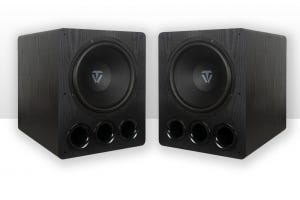
Over the last several decades, new technological advancements in televisions have provided for increased size, improved clarity and designer looks. Televisions continue to remain focal points in our rooms, but have transformed from large, 1950s bulky units on their own legs with castors, to units which have enormous screens, ultra slim bodies and are capable of being mounted onto our walls like picture frames.
Although many still have them in their homes, the older style cathode ray tube televisions are no longer being manufactured, replaced by a range of alternatives such as Rear Projection, Plasma, LCD and LED. Some of these have already or will become out-dated, replaced by new technology including one of the newest technologies on offer - OLED.
OLED televisions are brighter, more efficient, thinner and feature better refresh rates and contrast than either LCD or Plasma. They even have the ability to be curved (see LG example below). OLEDs are also used to create digital displays in devices such as computer monitors, mobile phones and handheld games consoles.
What is OLED TV, and how does it work?
An OLED TV screen uses a new display technology called OLED (Organic Light Emitting Diodes). An OLED is a light-emitting diode (LED) in which includes a thin film of an organic compound (carbon based) which emits a bright light in response to an electric current. This layer of organic semiconductor is situated between two electrodes. An OLED display works without a backlight (unlike LCDs), which means it can display deep black levels and can be thinner and lighter than a liquid crystal display (LCD). In low ambient light conditions such as a dark room an OLED screen can achieve a higher contrast ratio than an LCD, whether the LCD uses cold cathode fluorescent lamps or LED backlight. It also allows for curved televisions, which manufacturers say offer a more immersive experience.
Keep in mind however that newer technology can take time to be affordable for the masses, and OLED is no exception. With only a few manufacturers releasing OLED, prices are still pretty high for now. In time it could be common in all our homes - that is until the next advancements.






